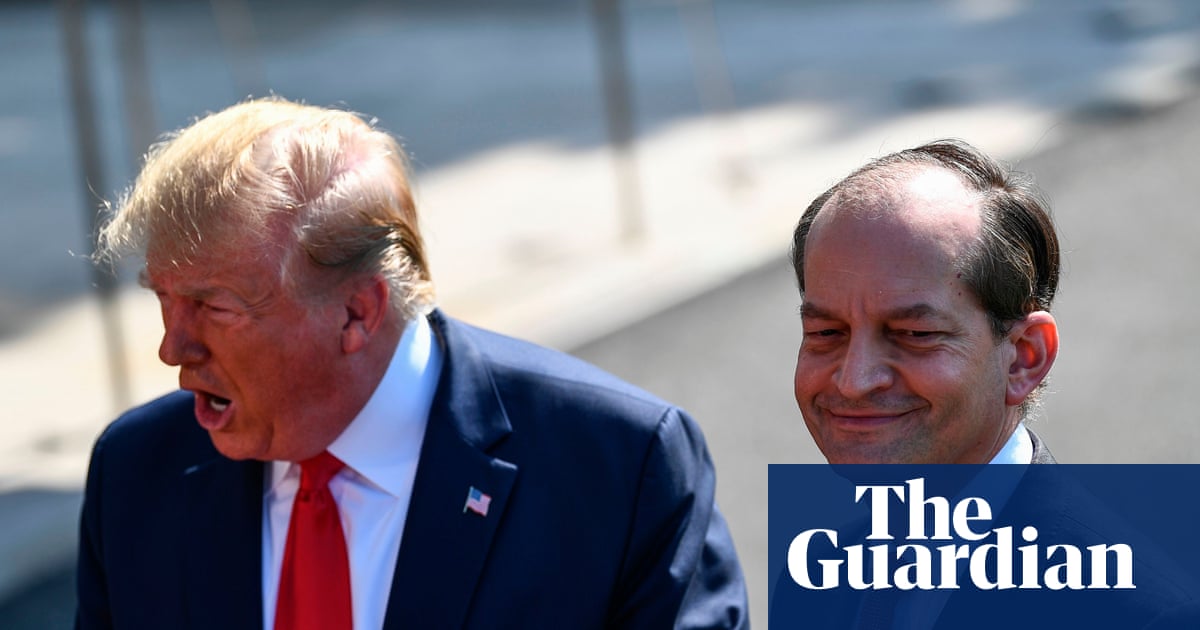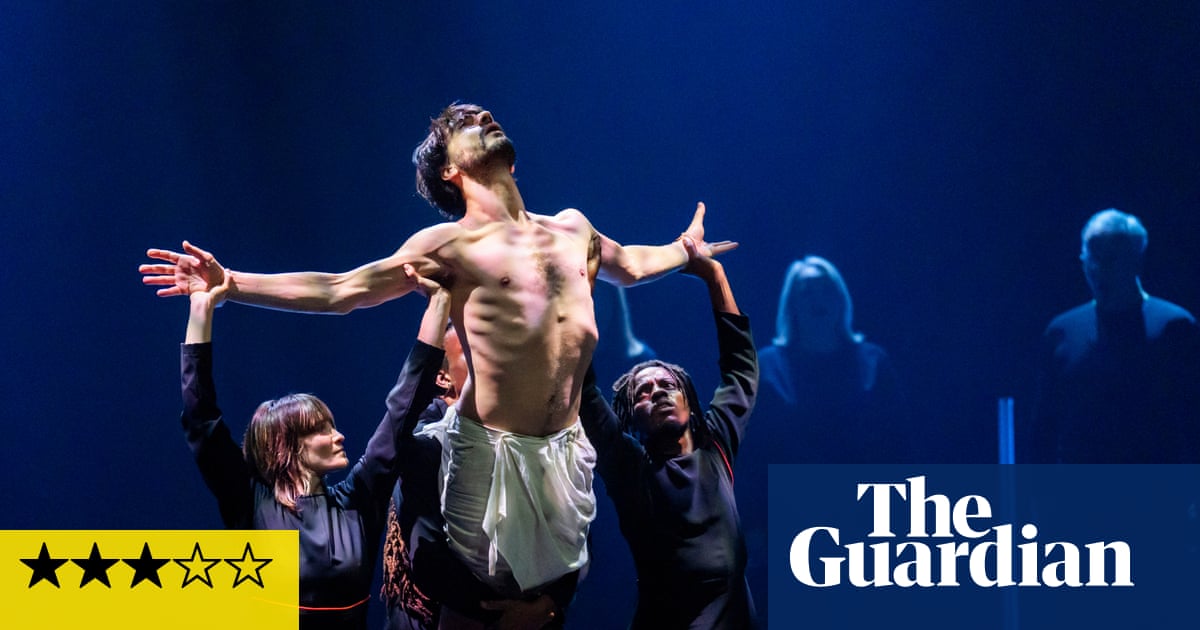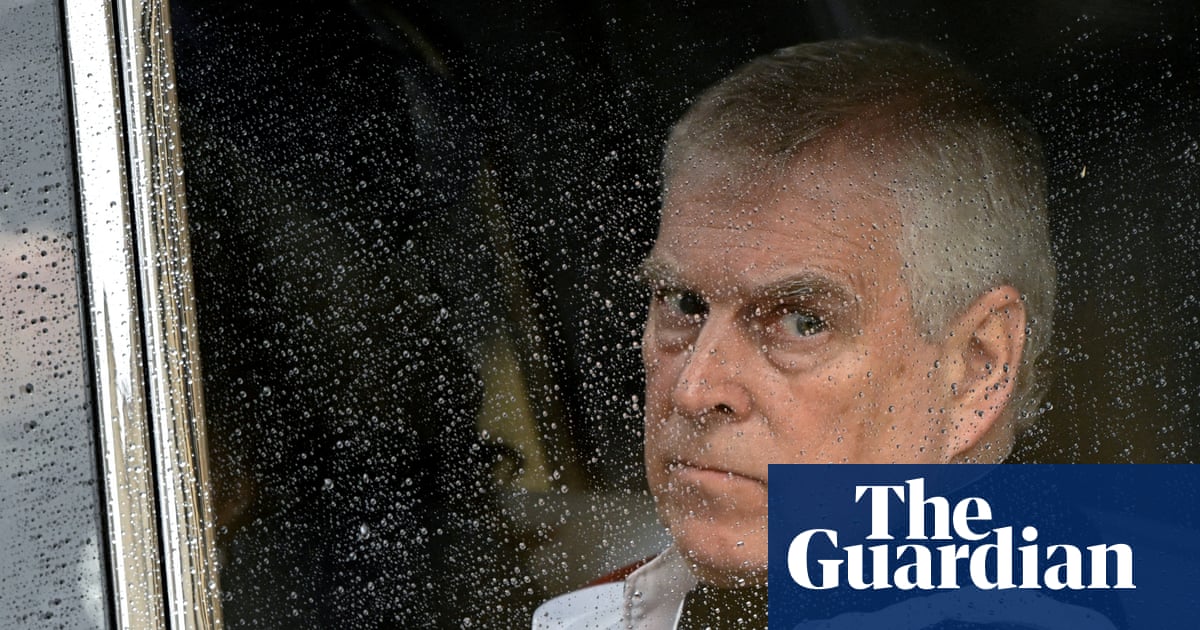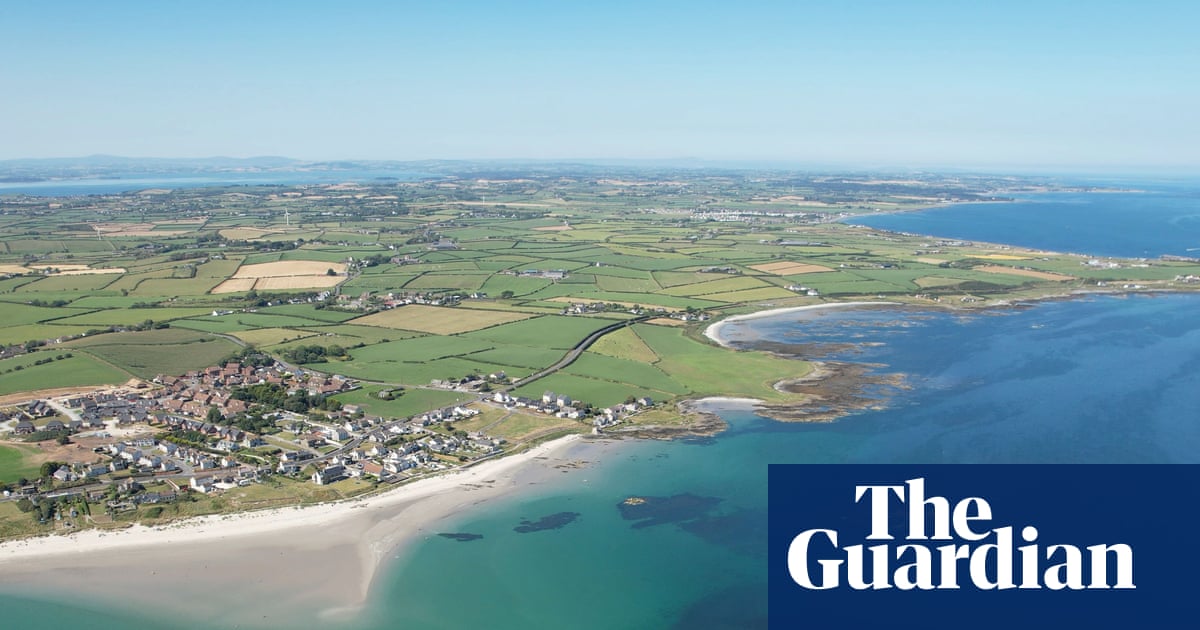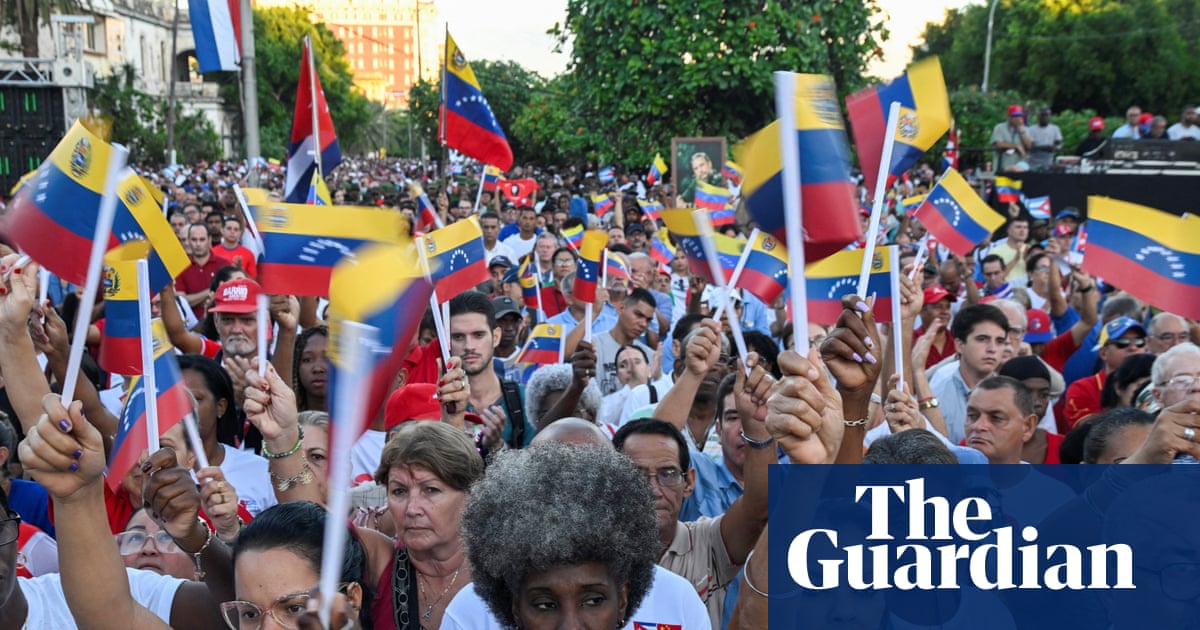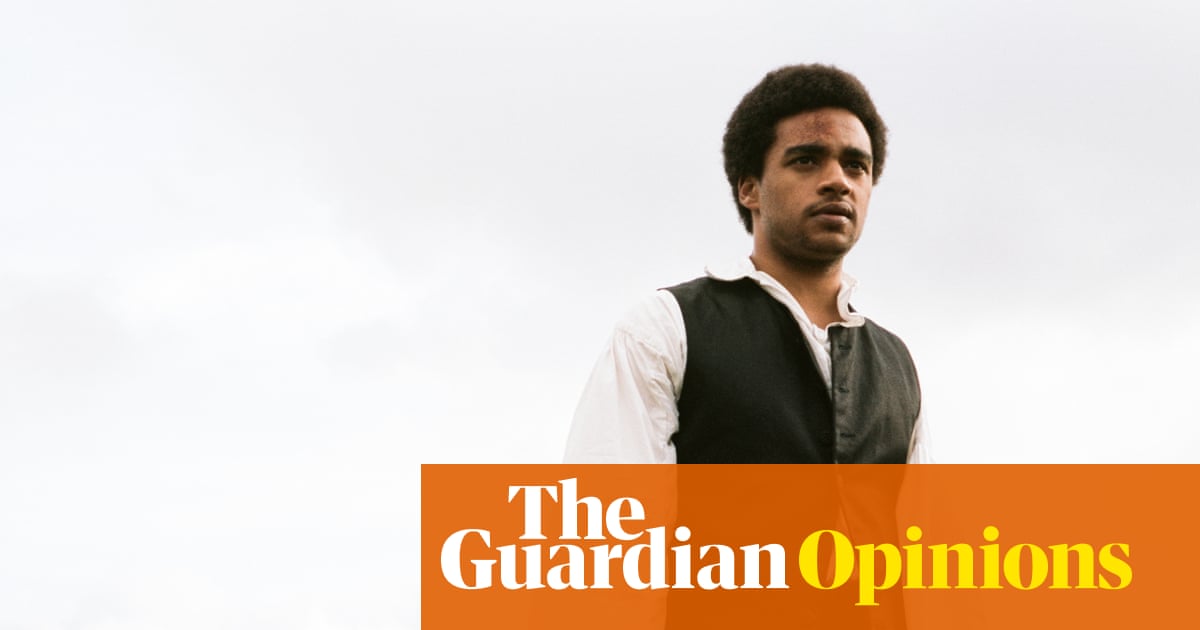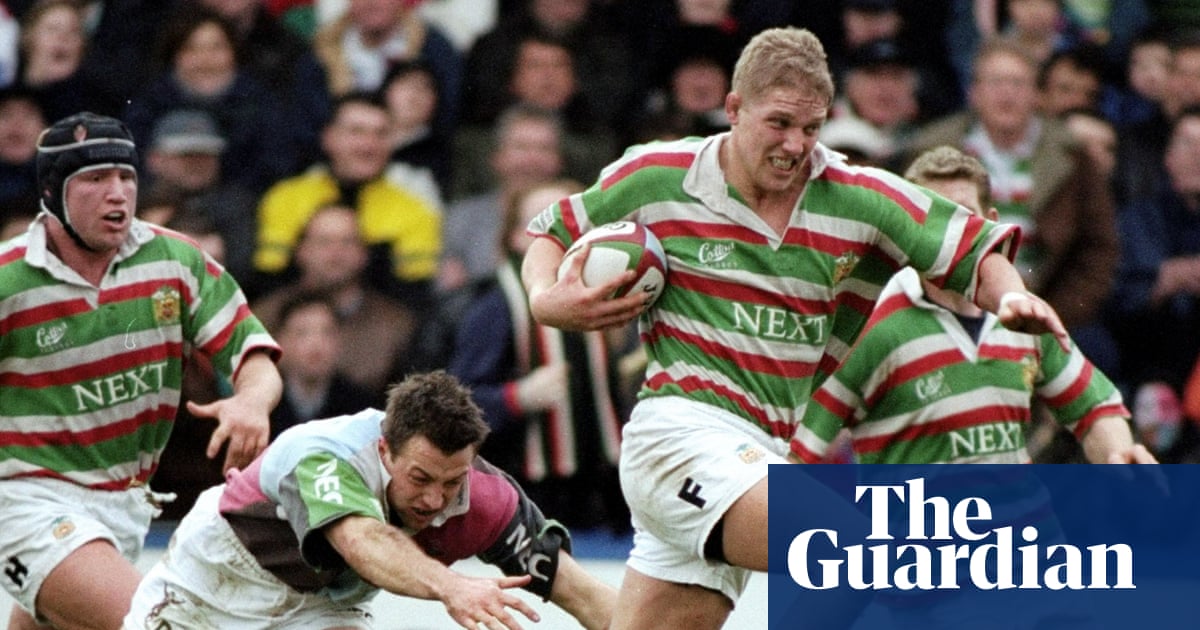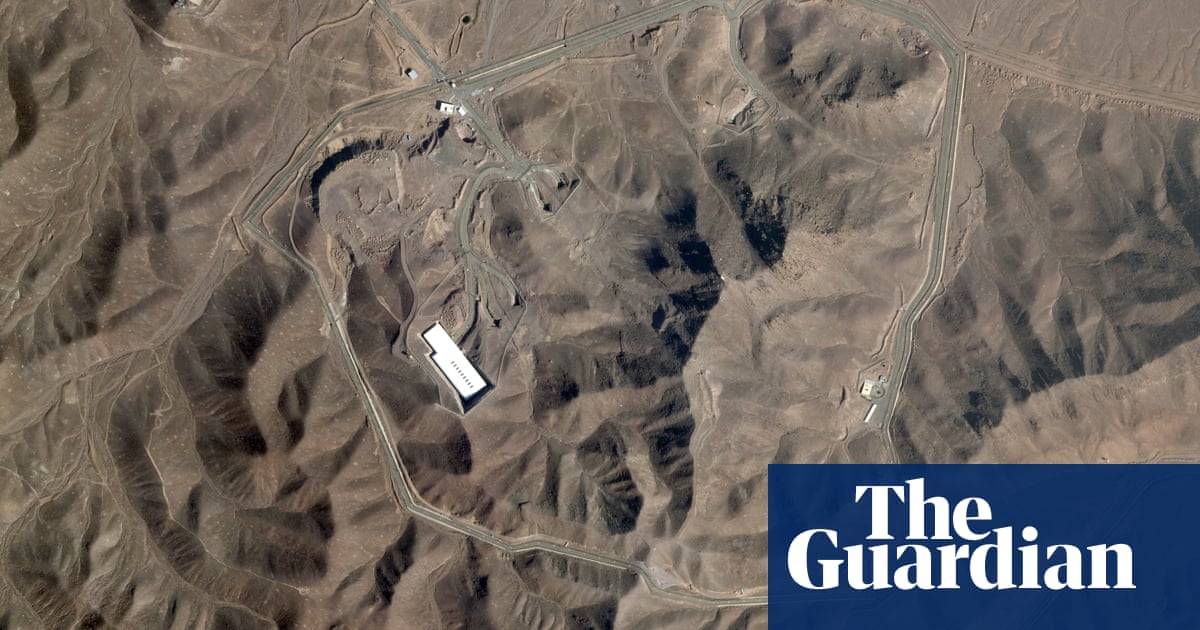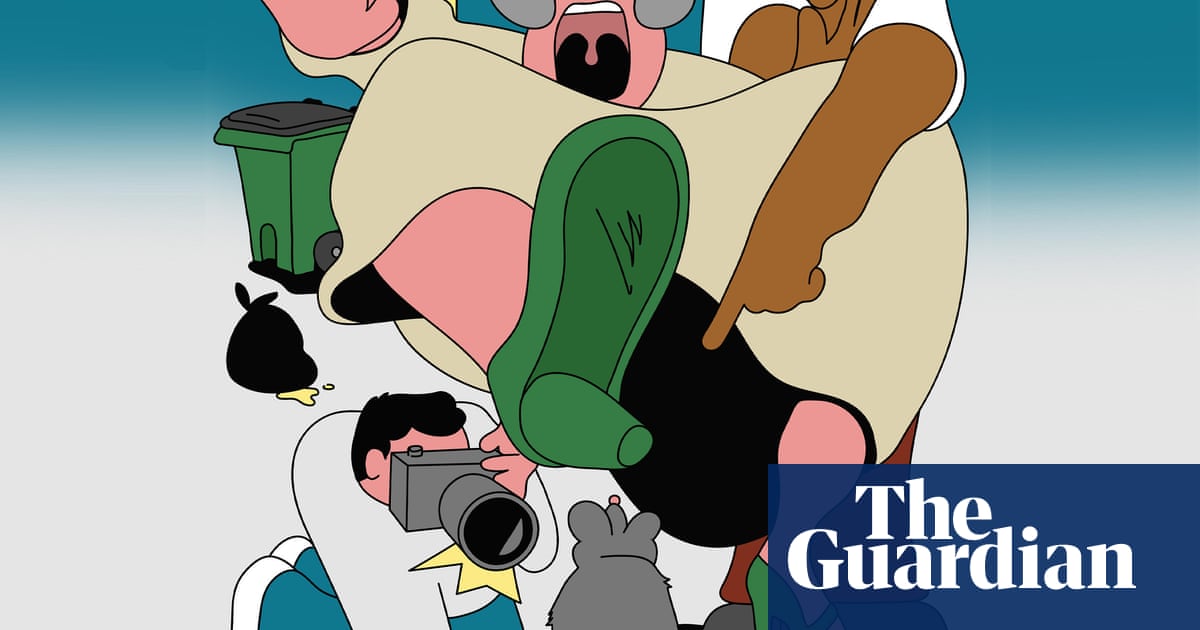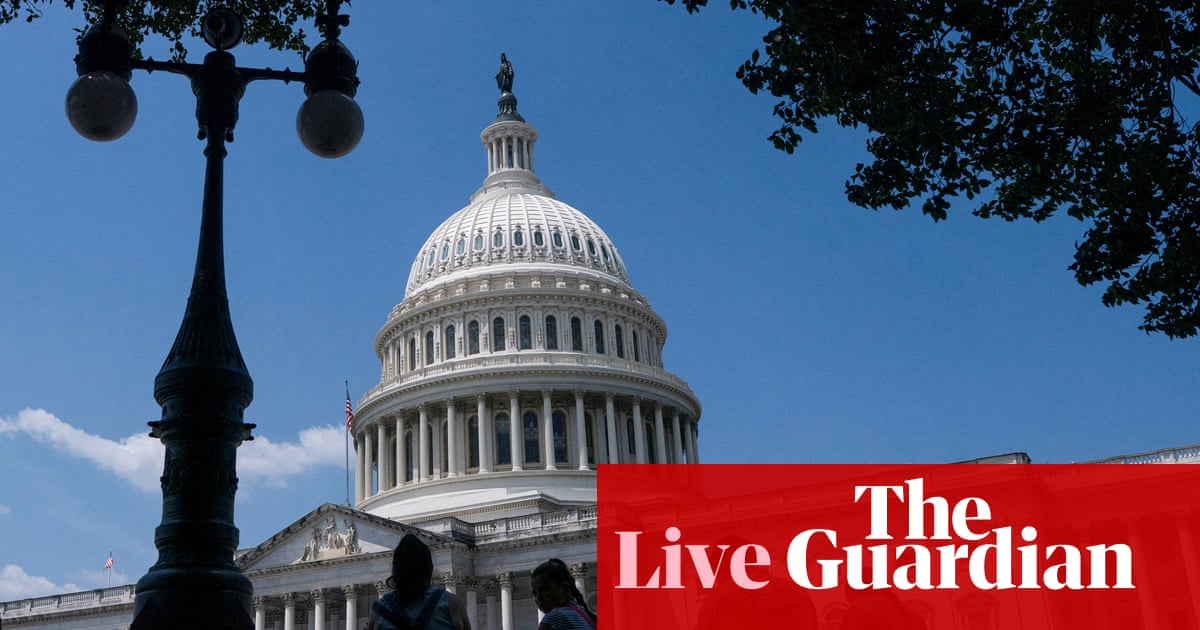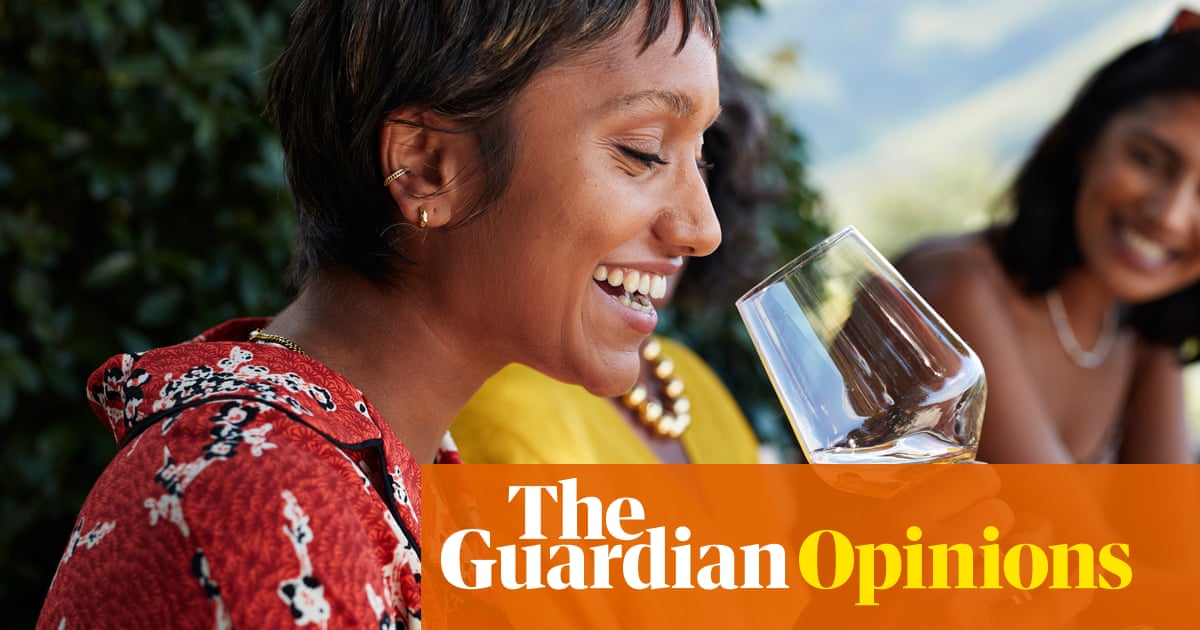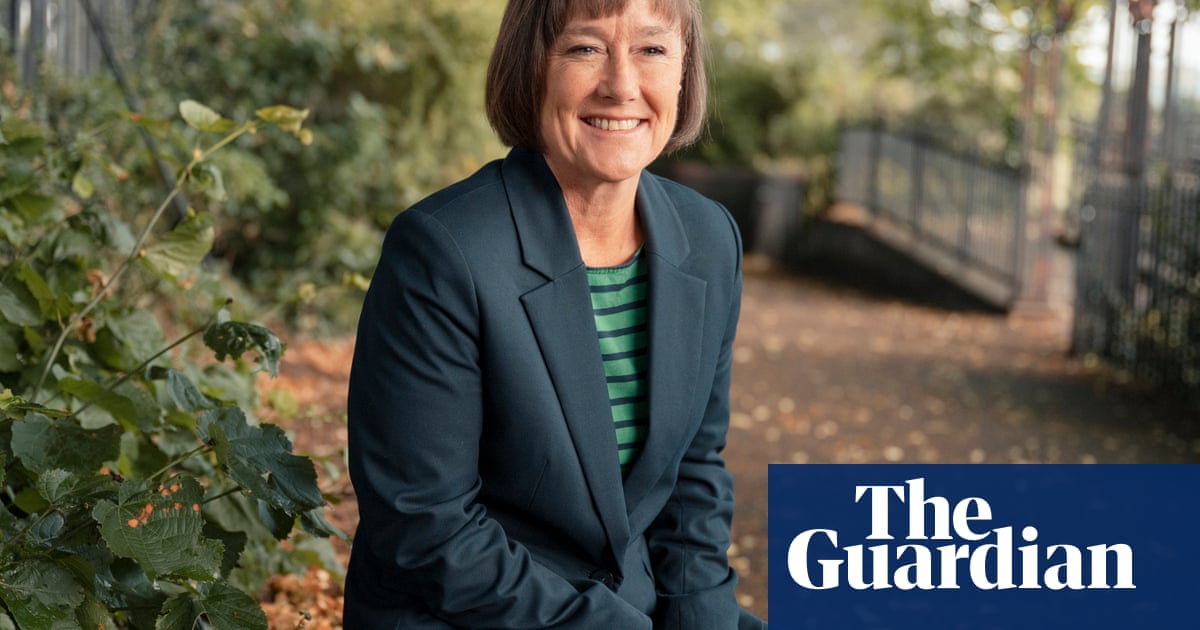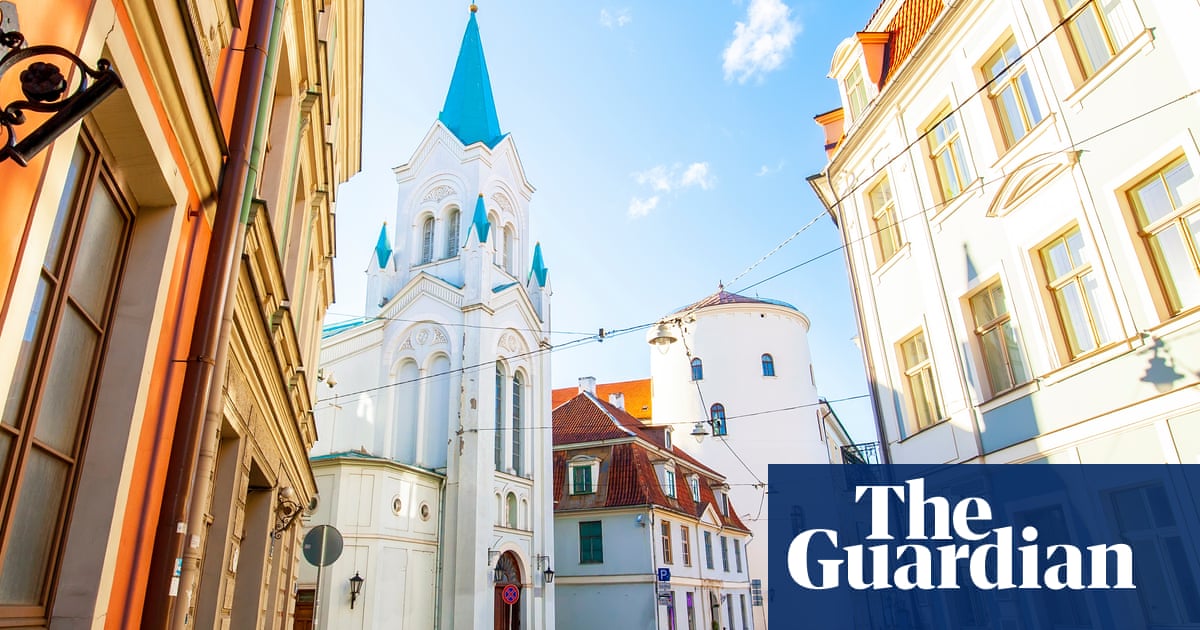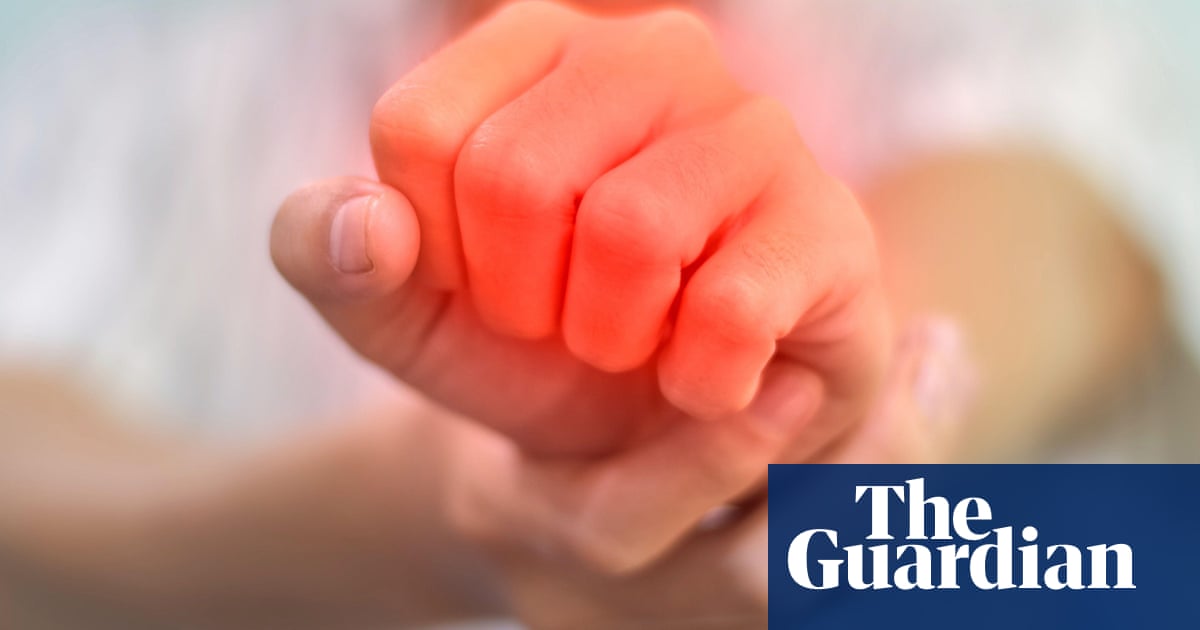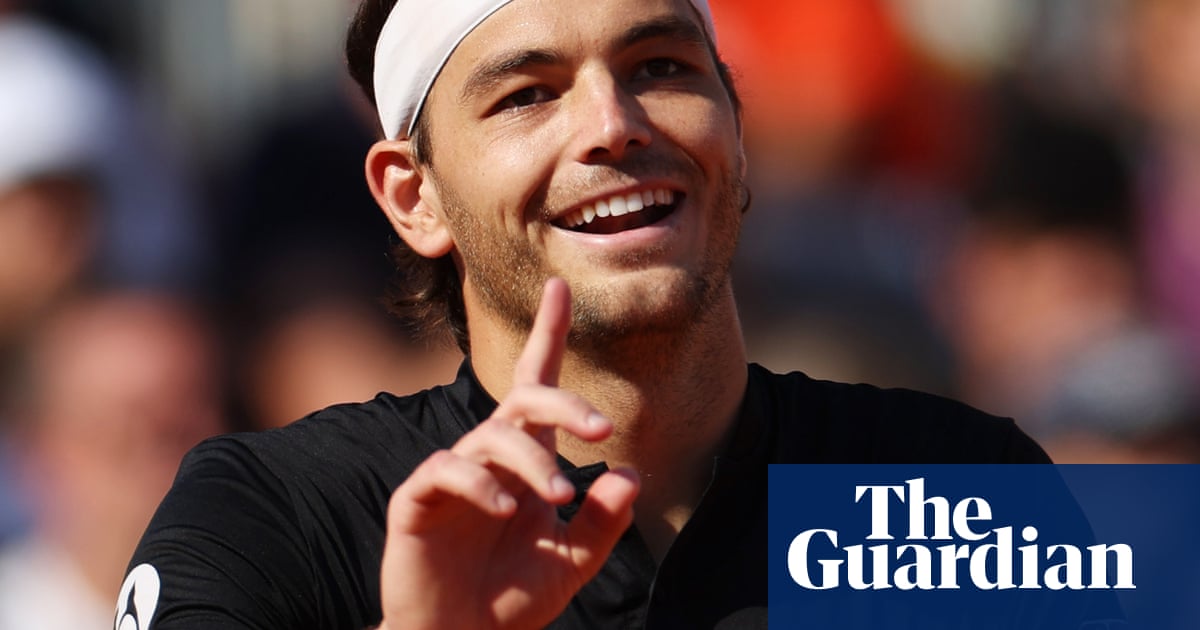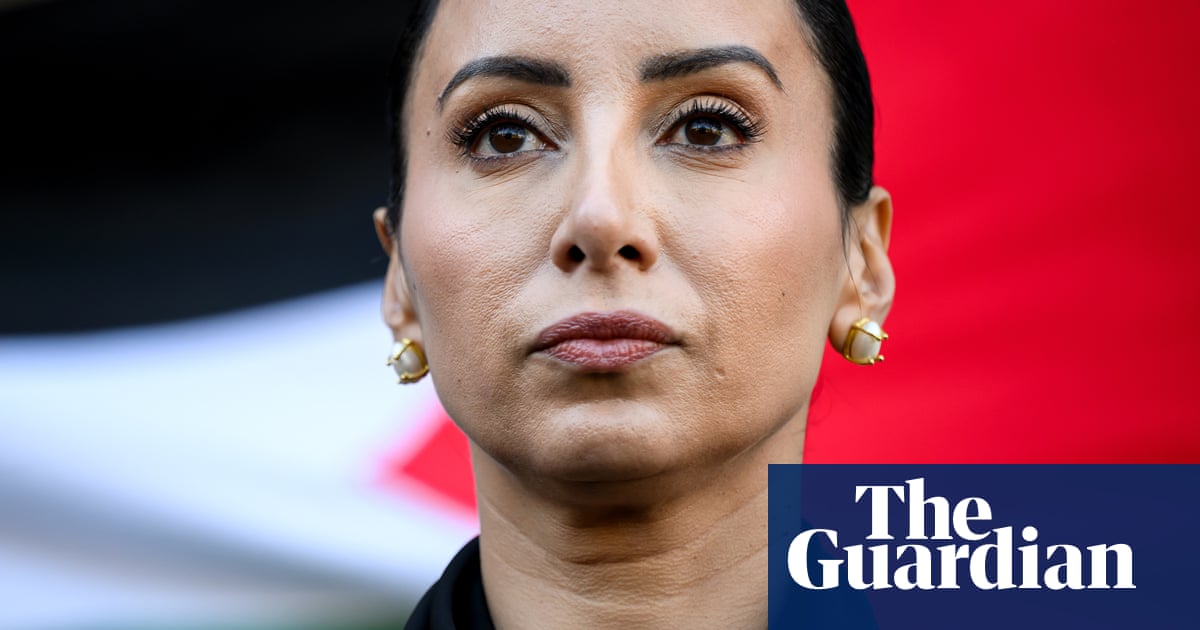In New Zealand’s national museum, master Māori tattoo artists painstakingly apply ink to the faces of eight men and women as a large crowd watches on.
Thin lines spiral over the men’s cheeks, dipping towards the jaw and up over the forehead, while lines curl around the women’s chins – each mark telling the story of its wearer’s identity, lineage and experience. Surrounding them are their families, who sing and grip their hands as they lay still under the needle and weight of the sacred – and usually private – ceremony.
The artists are in the process of creating tā moko – traditional Māori tattoo – which has become increasingly visible in New Zealand. The ceremony held this month was opened to the public to mark new research that examined ancient preserved Māori heads, or toi moko, for insights on how traditional tattoo masters worked. Over three days, hundreds of people gathered to witness the rare event.
“Our people have taken up moko by storm,” says Tamahou Temara, the general manger for arts organisation Toi Māori Aotearoa.
“You wouldn’t see this 20-30 years ago – now moko is everywhere.”
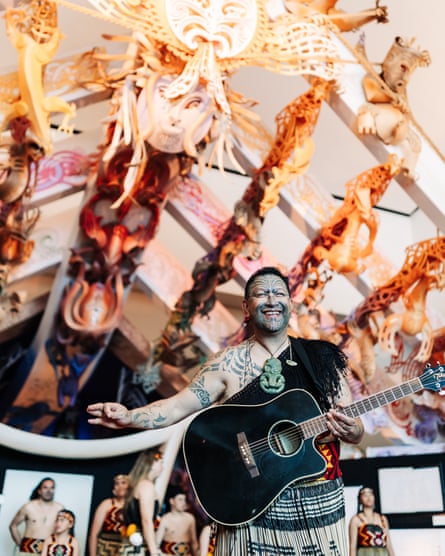
Data about tā moko is scarce, but a 2018 Stats NZ study into Māori wellbeing suggested roughly 18% of the Māori population now wears traditional tattoo – a 3% increase on its first collection of the same data in 2013.
Not only is tā moko becoming more prevalent in communities, it is slowly becoming more conspicuous in mainstream culture.
The co-leaders of Te Pāti Māori, the Māori party, wear tā moko, as did the former Labour foreign affairs minister Nanaia Mahuta. In 2022, Oriini Kaipara – now an MP – was the first woman with a moko kauae, or chin tattoo, to host mainstream prime-time television news.
Insights from ancient practice
Fuelling a new era of tā moko artistry is recent research into 200 ancient preserved Māori heads, each detailed with intricate tattoos. The heads, which cultural protocol restricts from being shown, are held in a private atmosphere-controlled room at Te Papa, the national museum. The creation of toi moko predates European contact and it is unclear exactly how old the heads are.
Toi moko acted like a photograph of a loved one and, in some cases, the heads of enemy chiefs were preserved as trophies of war. They were often placed in hard to access areas like caves, and brought out on significant occasions. The heads were occasionally traded between tribes, but trade ramped up with the arrival of settlers, who then carried them across the globe as curiosities and objects of scientific interest.
Sustained repatriation efforts over decades have brought many of them home and the research – led by contemporary tattoo masters and Te Papa – into the heads’ markings has unlocked insights into their histories, genealogies and the artistry of traditional Māori tattooing.
Sir Derek Lardelli, one of the master tattooists at the Te Papa event, says the research had “shaped our thinking around our own delivery as moko artists”.

The artists discovered previous generations showed “a total understanding” of human form, using the movement of skin and facial muscles to inform the placement of their tattoos, Lardelli says.
They would have also had to establish close, trusting, relationships with those receiving their tattoos.
“You had to go to another space to get to that level of excellence – they weren’t just impregnating skin with ink, they were at times lacerating, cutting and incising,” Lardelli said.
The ancestral tattoo artists were “extreme artisans” who travelled widely, he says. Not only have their “signatures” – or distinct and personal marks - been found on toi moko heads, they appear in expert carvings of the time.
Examining toi moko has compelled the contemporary artists to become more careful and deliberate in their markings “for the sake of the art and for the people that are wearing our art forms”, Lardelli says.
Raniera Warren received a moko kanohi, or full facial tattoo, after master artist Raniera McGrath offered him a coveted chance to be tattooed.

Warren’s moko tells the story of his journey to learn his Māori language later in life, so he can pass the language on to his five children. Also included in his markings are designs found on the ancestral heads.
“The tattoos were all designed to bring those [markings] back, so they wouldn’t get lost,” he says. “It was a beautiful experience to be a part of.”

.png) 4 hours ago
4
4 hours ago
4



